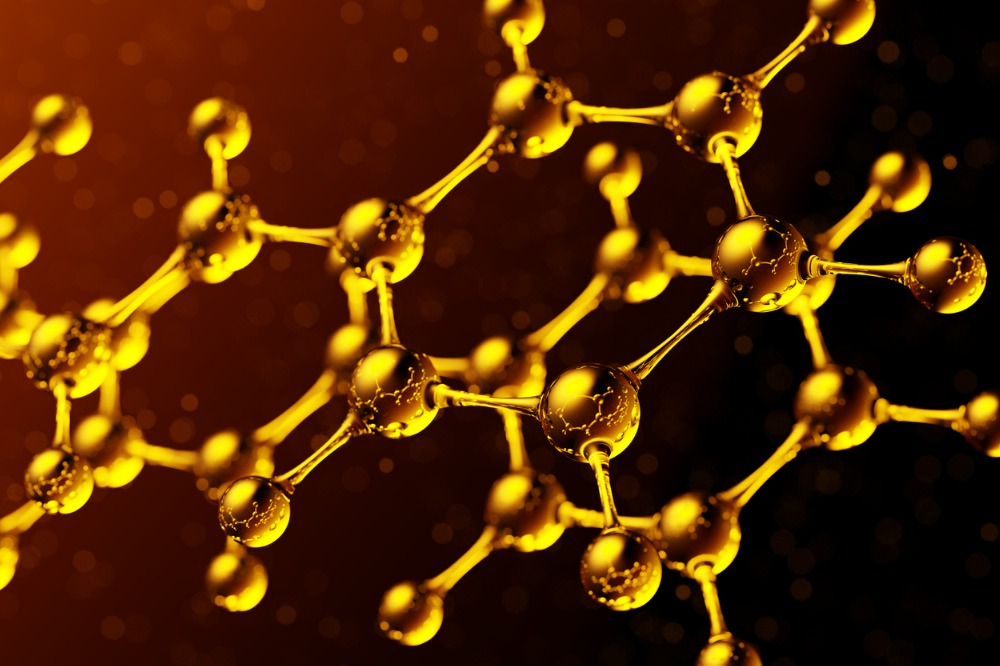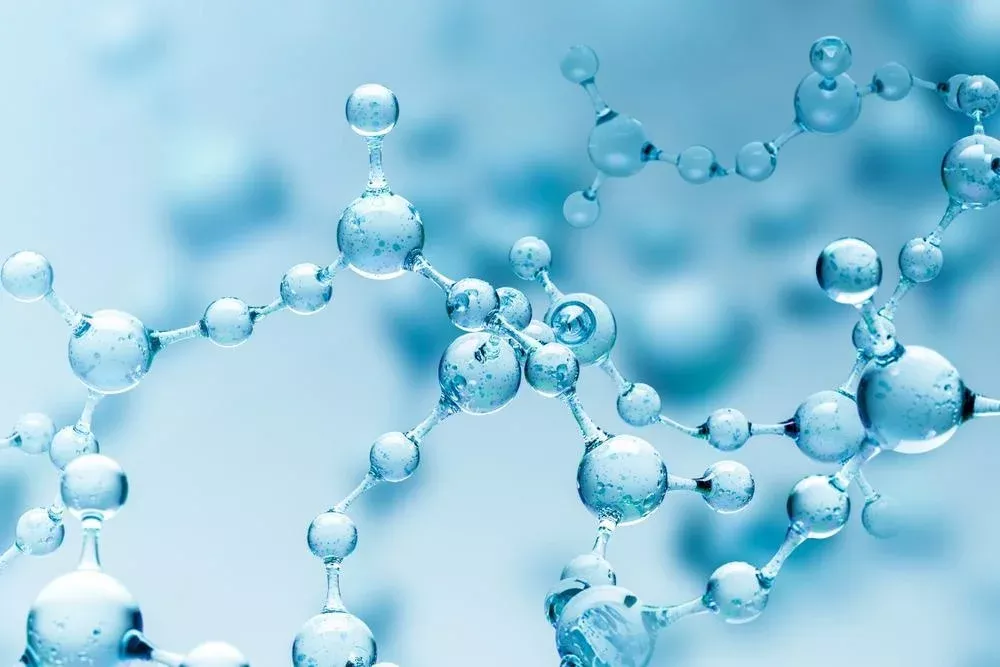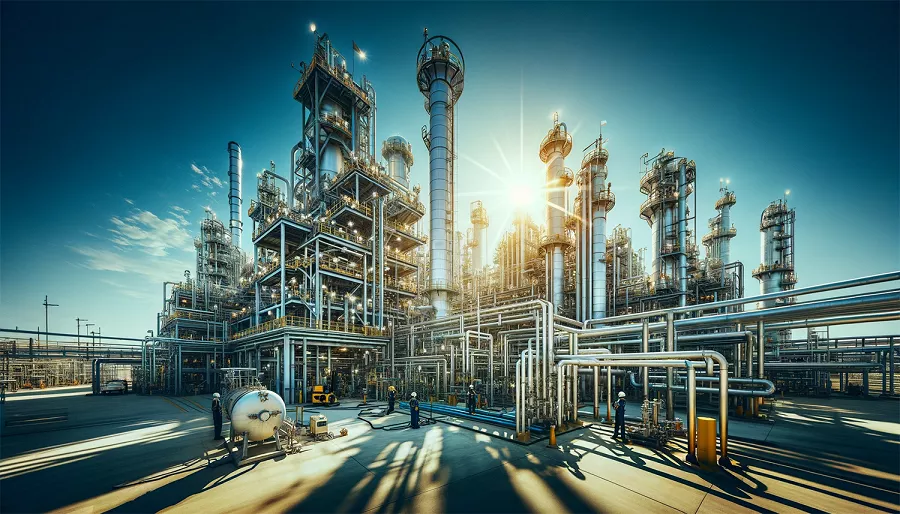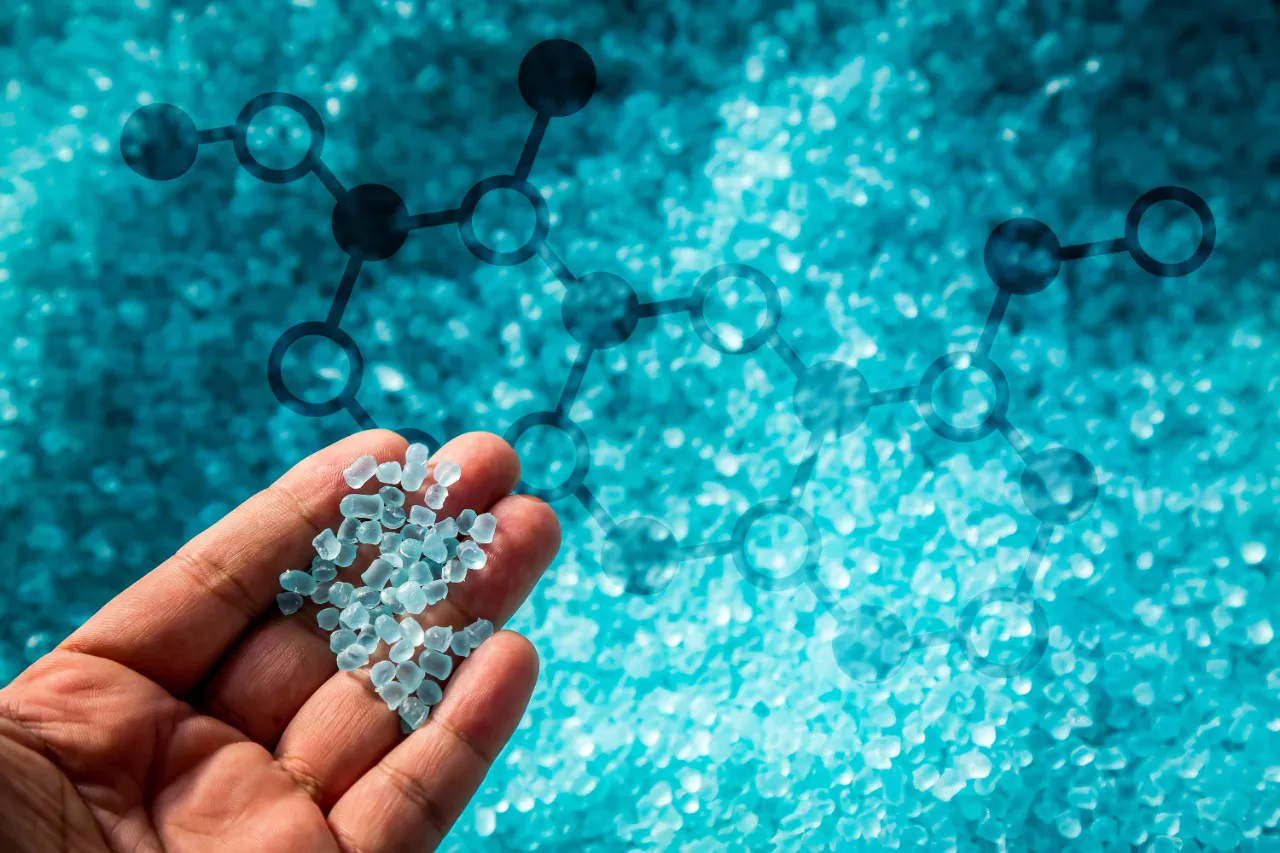Introduction
Catalysts are essential components in the chemical industry, enabling faster, more efficient reactions that would otherwise require significant time or energy. In chemical production, catalysts play a critical role by lowering activation energy, making reactions more sustainable and economically viable. This article explores the importance of catalysts in chemical production, their various types, applications, and the future of catalytic technologies in industry.
What Are Catalysts?
Catalysts are substances that increase the rate of a chemical reaction without being consumed in the process. By providing an alternative reaction pathway with lower activation energy, catalysts allow reactions to occur faster and under milder conditions. They are widely used in various industries, including petrochemicals, pharmaceuticals, and environmental management, due to their ability to enhance productivity while minimizing resource consumption.
Key Roles of Catalysts in Chemical Production
1. Increasing Reaction Efficiency
One of the primary functions of catalysts in chemical production is to speed up reactions. By reducing the energy barrier, catalysts enable reactions to proceed more rapidly, which is essential for large-scale production. For example, in the production of ammonia (Haber-Bosch process), an iron-based catalyst is used to facilitate the reaction between nitrogen and hydrogen, allowing for continuous ammonia production.
2. Reducing Energy Consumption
Catalysts allow reactions to occur at lower temperatures and pressures, which reduces the energy required for chemical processes. In industries with high energy demands, such as petrochemicals, using catalysts can significantly lower operating costs. This energy efficiency also aligns with sustainability goals, as it reduces the carbon footprint associated with chemical production.
3. Enhancing Selectivity
Catalysts are designed to target specific reactions, which helps in achieving higher selectivity and yields. Selectivity is especially important in pharmaceuticals, where precision is critical to ensure the purity and efficacy of products. By enhancing selectivity, catalysts help minimize unwanted by-products, reducing waste and maximizing output.
Types of Catalysts Used in Chemical Production
1. Homogeneous Catalysts
Homogeneous catalysts are in the same phase (usually liquid) as the reactants. They are widely used in refining processes, such as hydroformylation, where they enable the production of aldehydes from alkenes. Homogeneous catalysts provide consistent contact with reactants, leading to highly controlled reactions.
2. Heterogeneous Catalysts
Heterogeneous catalysts exist in a different phase than the reactants, often solid catalysts used with liquid or gas reactants. These catalysts are commonly used in petrochemical and automotive industries, such as in catalytic converters, where they help reduce emissions by converting harmful gases into less toxic substances. Heterogeneous catalysts are typically easier to separate from reaction products, simplifying post-reaction processes.
3. Enzymatic Catalysts
Enzymatic catalysts, also known as biocatalysts, are used in processes requiring high specificity and mild reaction conditions. They are commonly applied in the production of biofuels, pharmaceuticals, and food processing. Enzymatic catalysts provide high selectivity and work under environmentally friendly conditions, aligning with green chemistry principles.
Applications of Catalysts in Chemical Production
Petrochemical Industry
Catalysts are vital in refining crude oil into valuable products like gasoline, diesel, and jet fuel. Processes such as catalytic cracking use zeolite-based catalysts to break down large hydrocarbon molecules, enhancing fuel quality and yield. Catalysts enable petrochemical industries to operate efficiently, meeting the global demand for fuel and other derived products.
Pharmaceuticals
In pharmaceutical manufacturing, catalysts are used to produce active pharmaceutical ingredients (APIs) with high precision and yield. Catalysts help in creating complex molecules required for drugs, allowing for cost-effective production. The high selectivity of catalysts ensures that pharmaceutical companies can maintain stringent quality standards while minimizing waste and production time.
Environmental Management
Catalysts are used in environmental applications to reduce pollutants and manage waste. In catalytic converters, for example, catalysts facilitate the conversion of harmful gases like carbon monoxide (CO) and nitrogen oxides (NOx) into less harmful emissions. These environmental catalysts play an essential role in reducing pollution and improving air quality, especially in urban areas.
The Benefits of Using Catalysts in Chemical Production
- Cost Savings: Catalysts reduce the energy and resources required for chemical reactions, leading to cost savings for manufacturers.
- Improved Productivity: Faster reaction rates mean shorter production times and increased output, essential for large-scale manufacturing.
- Sustainability: By lowering energy consumption and improving selectivity, catalysts support more sustainable manufacturing practices.
- Product Quality: High selectivity ensures better-quality products with fewer impurities, which is crucial in industries like pharmaceuticals.
Future of Catalysts in Chemical Production
The future of catalysts lies in developing more efficient and sustainable options. Research in nanocatalysts, which enhance surface area and reaction rates, is making significant progress. Additionally, green catalysts, which use renewable sources and are biodegradable, are gaining traction. Innovations in photocatalysts and electrocatalysts—which use light and electricity, respectively, to drive chemical reactions—are opening up new avenues for energy-efficient production.
Conclusion
Catalysts are indispensable in chemical production, improving reaction rates, energy efficiency, and selectivity across various industries. Their role in petrochemicals, pharmaceuticals, and environmental management highlights their versatility and significance in modern manufacturing. As the chemical industry moves toward more sustainable practices, catalysts will continue to play a pivotal role in achieving cost-effective, high-quality, and environmentally friendly production processes.




